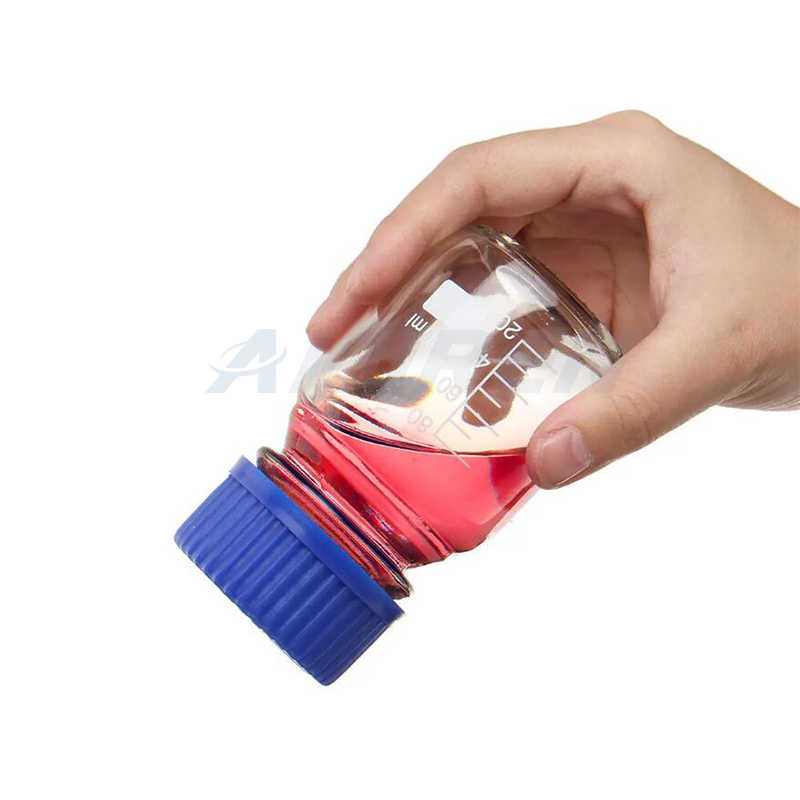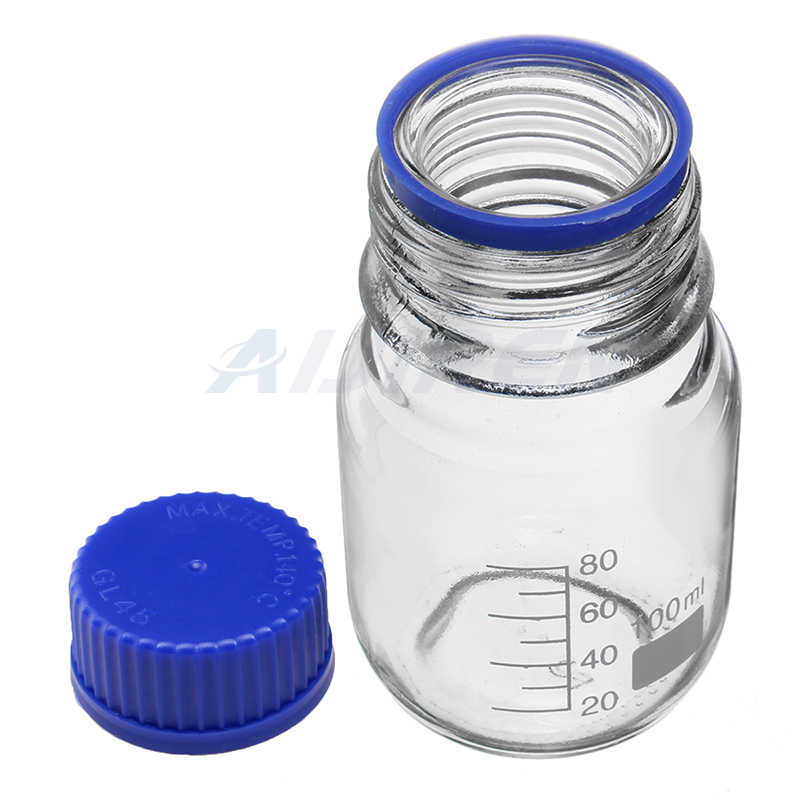Common use screw cap bottle reagent 250ml GL80 screw cap for media
-
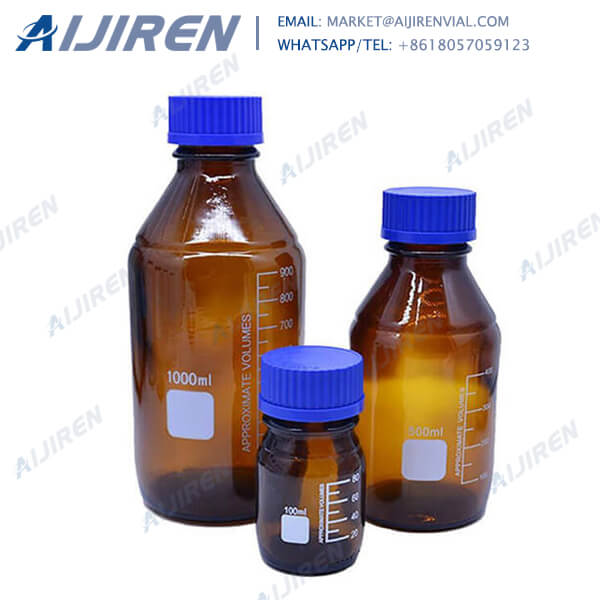
750ml Glass Bottles Wholesale | Clear Liquor Bottles Manufacturer
The first glass bottle was produced in Southeast Asia in 100 B.C., and in the Roman Empire, 1 A.D. Glass bottles were made on a mass scale with the invention of automatic glass blowing technology in the late 19th century.
Get Price -
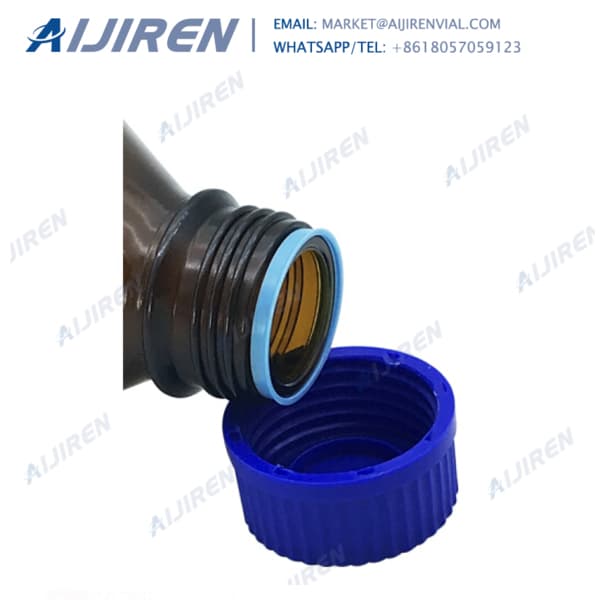
LAB BOTTLES AND ACCESSORIES | Kavalier.cz
By clicking on “Send”, I expressly agree to the processing and keeping of all my personal data I provide through KAVALIERGLASS, a.s. in accordance with Act No. 101/2000 Coll., as amended.
Get Price -
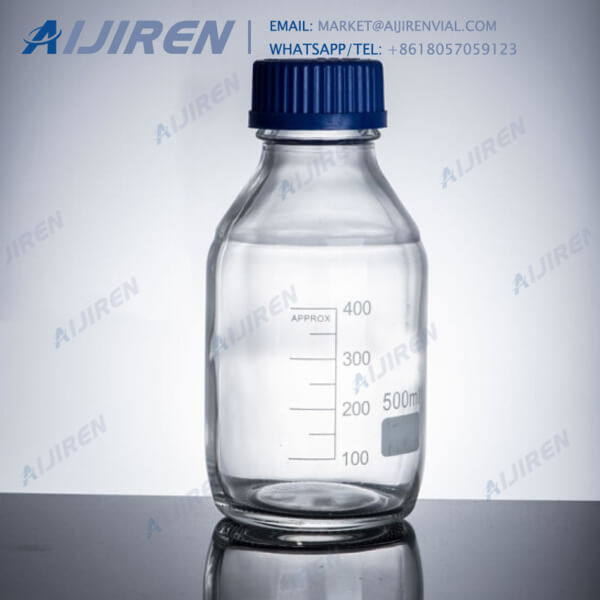
How To Find Out The Right Size Cap Or Pump For Bottle? - KNIDA
1. Find a cap’s diameter, measuring from one side of the inner wall to the opposite side or calculate a bottle’s neck finish by measuring the diameter of the outermost threads. 2. See how many times the threads pass one another to determine the finish. (ex. diameter 24 mm with 1 thread turn = 24/400 neck finish)
Get Price -
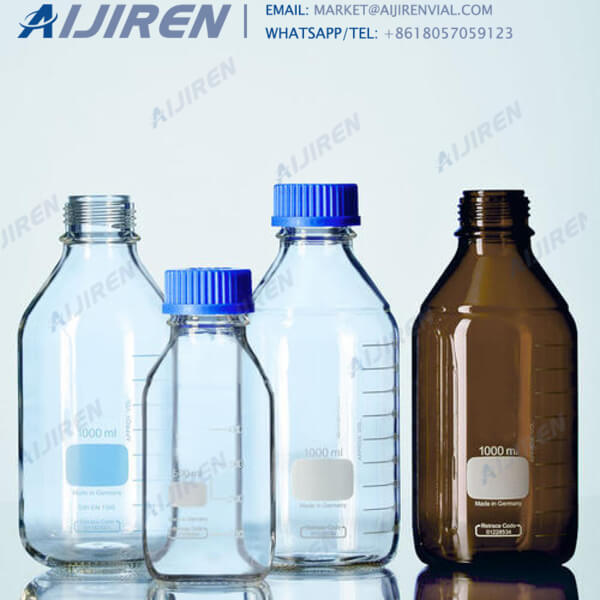
DURAN® Baffle Bottle for Mixing, 250mL, GLS-80 PP Cap and
DURAN® Baffled Wide Mouth Bottle, 250mL, Clear Glass, Supplied Complete With GLS-80 Polypropylene Pouring Ring And GLS-80 Cap. DURAN BAFFLED WIDE MOUTH BOTTLE with GLS-80 Screw Cap. During mixing in standard GLS-80 laboratory bottles, the liquid moves in a swirling motion that approximates a solid-body rotation.
Get Price -

SKS Bottle & Packaging - Torque Guide
Over-torquing may cause some points on the cap to have more pressure then others, which could result in an improper seal. If the cap is applied with too little torque, the container may leak or the closure could come off too easily.The chart below illustrates the recommended torque to apply or remove closures of a specific size and material.
Get Price -
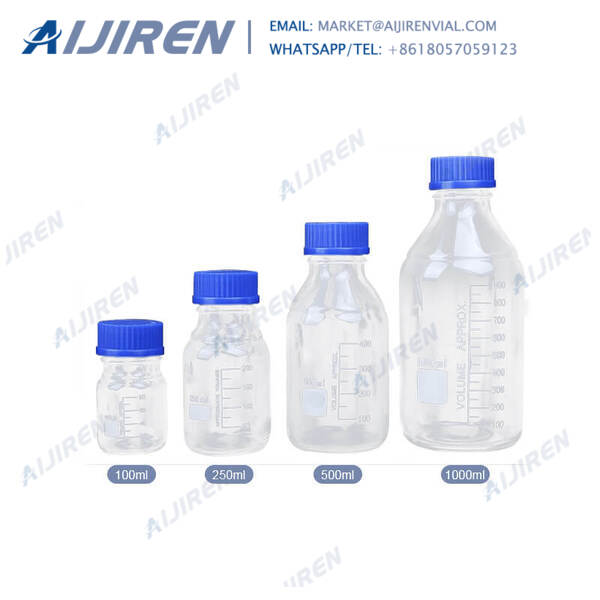
Reagent bottle - Wikipedia
Common cap sizes include 33-430 (33mm), 38-430 (38mm), and GL 45 (45mm). Caps range in size from narrow mouthed to wide mouthed and often a glass or plastic funnel is needed to properly fill a reagent bottle from a larger or equal sized container's mouth. Reagent bottle caps are commonly said to be "autoclavable".
Get Price -
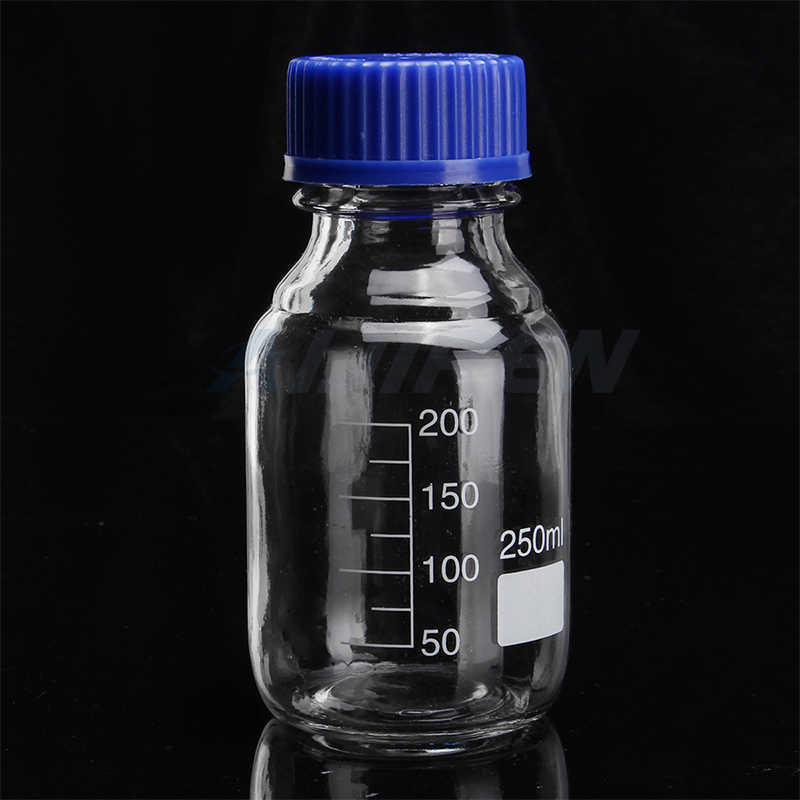
Glass Bottles | VWR
Description: Media/Storage Bottles are designed with a wide opening (30 mm Internal Diameter) and a drip-free polypropylene pour ring. Certificates ,10754-826CS,10754-840CS,10754-816CS,10754-814CS,10754-836CS,10754-828CS,10754-818CS
Get Price -
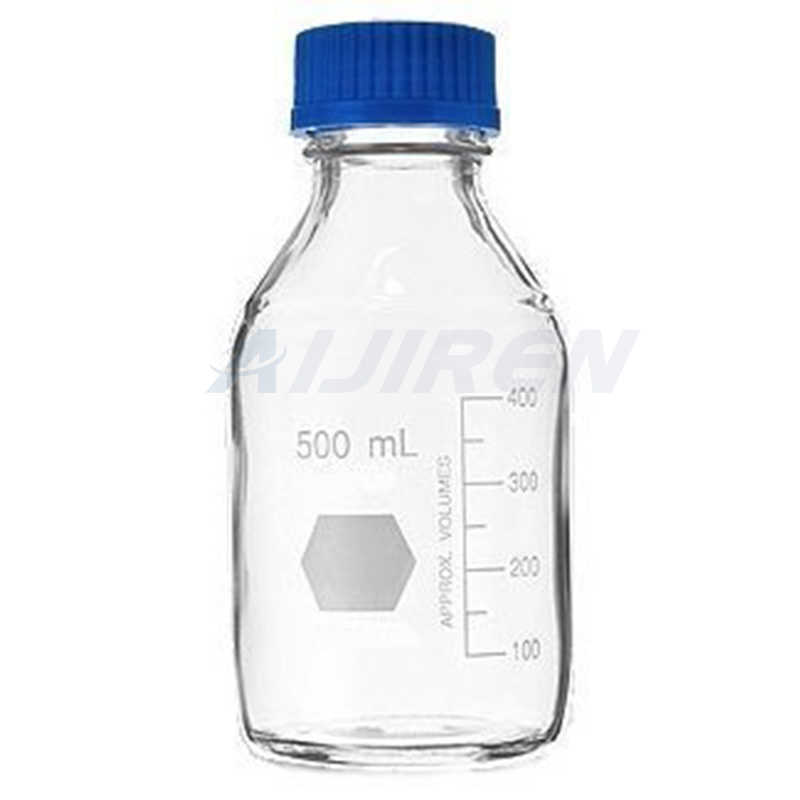
screw cap bottle | Sigma-Aldrich
Search results for screw cap bottle at Sigma-Aldrich. capacity 250 mL, cap diam. 31.7 mm, case of 48 ea; ... Pyrex ® round media storage bottles and reusable ...
Get Price -
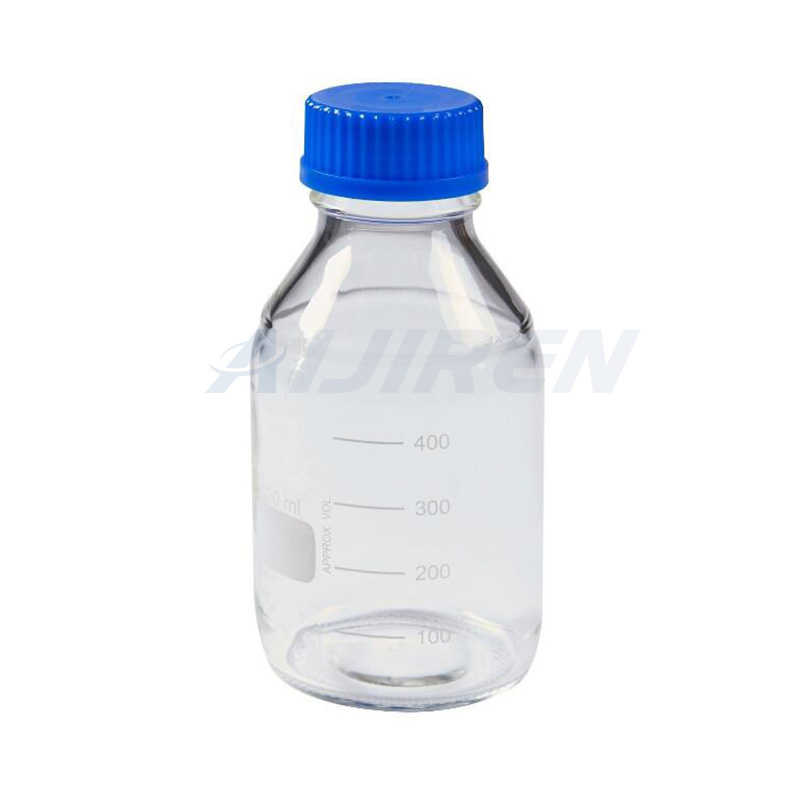
Microbiological Methods for Monitoring the Environment Water
Screw-caps must not produce bacteriostatic or nutritive compounds upon sterilization. 1.2 Selection and Cleansing of Bottles: Sample bottles should be at least 125 ml vol- ume for adequate sampling and for good mixing. Bottles of 250 ml, 500 ml and 1000 ml volume are often used for multiple analyses.
Get Price -
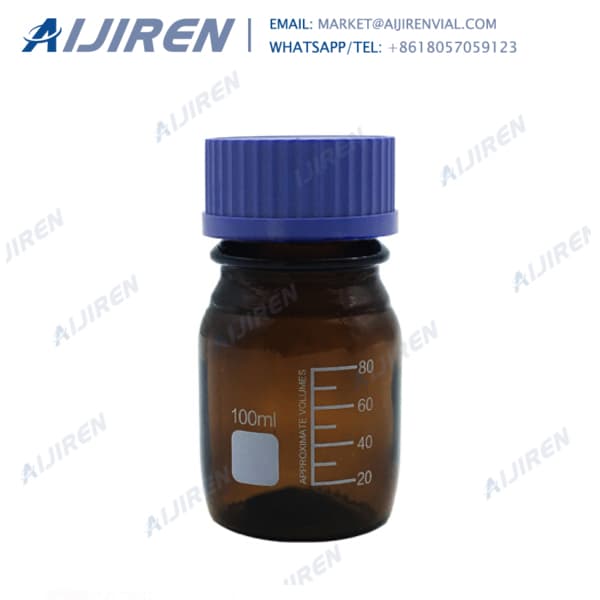
Aijiren 250ml Clear Glass Reagent Bottle for Sale
250ml Clear Glass Reagent Bottle used for storing corrosive solids, which bottles are similar in aspect, though reagent bottle opening is generally wider and some have a jar-like appearance. 250ml clear reagent bottles are always screwed finished. 250ml clear reagent bottle with GL45 screw cap are in wholesale price.
Get Price -
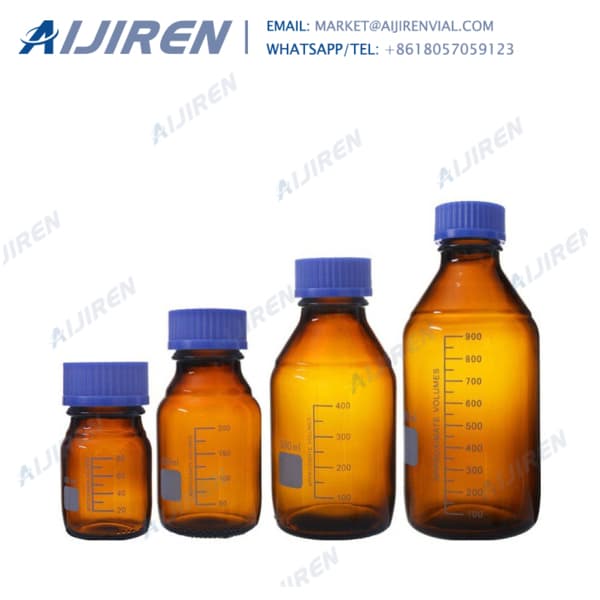
China Reagent Bottle, China Reagent Bottle Manufacturers and
A wide variety of reagent bottle options are available to you, such as laboratory bottle. You can also choose from pharmaceutical, chemical. As well as from inside engraving, screen printing, and acid etch. And whether reagent bottle is 3 years. There are 43,944 reagent bottle suppliers, mainly located in Asia.
Get Price -
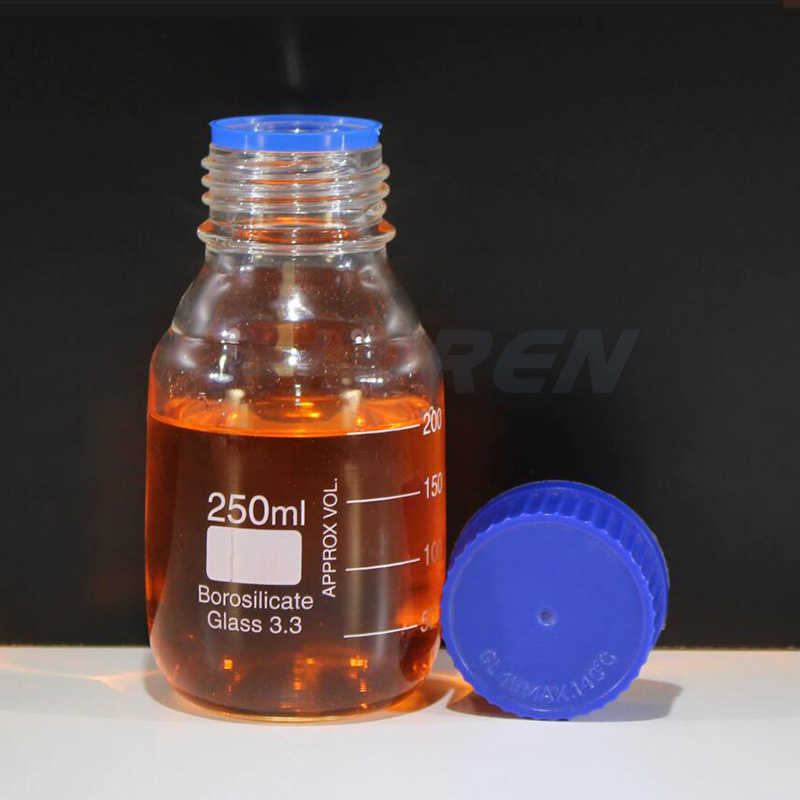
Bottles | Laboratory Glassware | Products | witeg
250 ml: with screw cap and pouring ring (PP) 70 mm: 143 mm: ISO 4796-1: 5 526 500: Laboratory bottle: round: GL45: DURAN® glass: 500 ml: with screw cap and pouring ring (PP) 86 mm: 181 mm: ISO 4796-1: 5 526 066: Screw caps for bottles with thread: up to 140°C: yellow: GL45: PP: 5 526 077: Screw caps for bottles with thread: up to 140°C
Get Price -
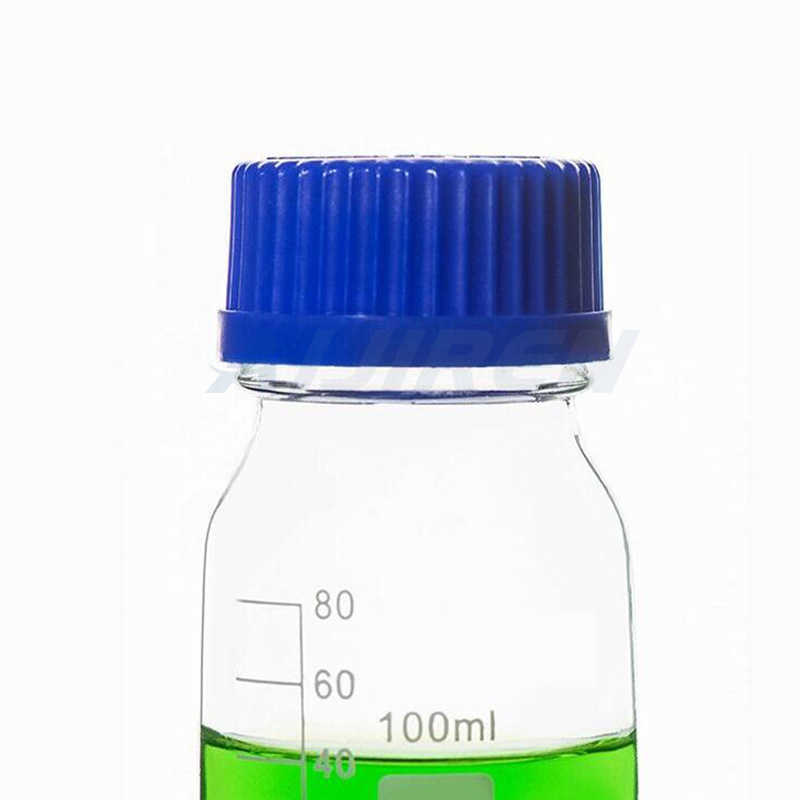
Screw cap reagent bottle - Canfort Lab
Reagent bottles, also known as media bottles or graduated bottles, are containers made of glass, plastic, borosilicate or related substances, and topped by special caps or stoppers and are intended to contain chemicals in liquid or powder form for laboratories and stored in cabinets or on shelves. Common bottle sizes include 100 ml, 250 ml, 500
Get Price -
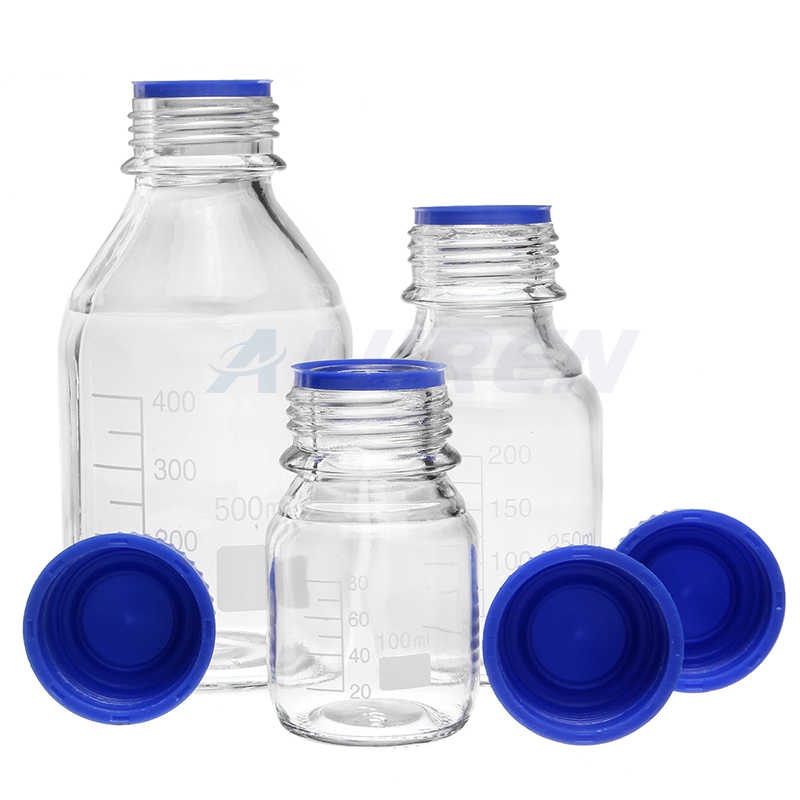
Glass Reagent Bottles at Thomas Scientific
Borosil® Reagent Square Bottles are perfect for storing media, solvents, and other materials. Bottles comes with PP Screw cap (GL80). A colorless PP pouring ring aloows for drip free emptying, easy-to-read graduations and capacities, marking spots for labeling. Mechanically strong,
Get Price -

How to Select the Right Size Bottle Cap for your Bottle
For example, a bottle 1.5 thread turns has a 410 neck finish. This is also called the "H" dimension. Refer to the Thread Finish Guide on the back of the cap measurer or use the following chart to view common thread finishes. Common Thread Finishes. See also our Cap Material & Liner Descriptions to ensure the integrity of your contents.
Get Price

